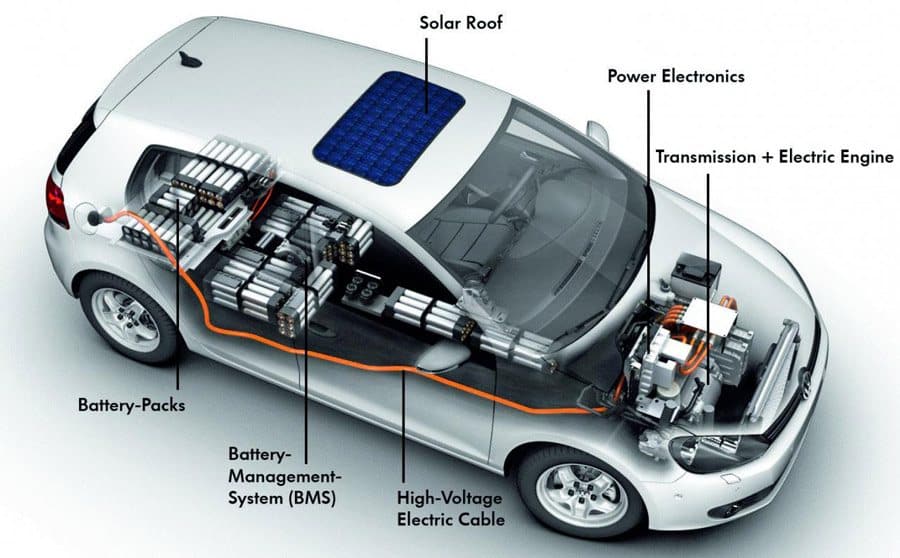When we think about cars, the first things that come to mind are often the sleek exterior, powerful engine, and comfortable interior. However, there’s a crucial aspect that plays a behind-the-scenes role in ensuring a smooth and efficient ride – the Electrical Parts of a Car. In this article, we’ll take a closer look at these often overlooked components that are integral to the modern automotive experience.
Understanding the Core: Electrical Parts of a Car
The Spark of Power: Alternator
At the heart of a car’s electrical system lies the alternator. This vital component is responsible for converting mechanical energy from the engine into electrical energy, ensuring a steady supply of power to the battery and other electrical components. Without a properly functioning alternator, your car’s battery would quickly run out of juice, leaving you stranded.
Igniting the Journey: Starter Motor
When you turn the key to start your car, it’s the starter motor that comes to life. This electric motor engages with the engine’s flywheel, initiating the combustion process and getting the engine running. A malfunctioning starter motor can bring your daily commute to a sudden halt, emphasizing the significance of this seemingly small electrical part.
Illuminating the Way: Lighting Systems
From headlights to brake lights, turn signals to interior lighting – a car’s lighting system is a symphony of electrical parts. Advanced LED and HID technologies have replaced traditional halogen bulbs, providing brighter and more energy-efficient illumination. Regular maintenance of these components ensures not only visibility on the road but also safety for both the driver and other motorists.
Navigating Intelligence: GPS and Infotainment Systems
In the era of smart technology, cars are equipped with advanced GPS and infotainment systems. These electrical marvels provide navigation assistance, entertainment, and connectivity. While these features add convenience and entertainment to the driving experience, they also rely heavily on a complex network of electrical components working seamlessly together.
Dive Deeper: Exploring Individual Components
1. Battery: The Powerhouse
The battery acts as the storage unit for electrical energy, providing the initial power needed to start the engine. Regular checks on battery health are essential to prevent unexpected breakdowns. Today, many cars use lithium-ion batteries for their durability and efficiency.
2. Wiring Harness: The Nervous System
Think of the wiring harness as the nervous system of a car, connecting various electrical components and ensuring communication between them. A damaged or frayed wire can disrupt this communication, leading to malfunctions in different parts of the vehicle.
3. Sensors: Eyes and Ears of the Car
Modern cars are equipped with a multitude of sensors that monitor various aspects, such as engine performance, tire pressure, and environmental conditions. These sensors feed information to the car’s computer, allowing it to make real-time adjustments for optimal efficiency.
Read too: The Revolution of Electric Cars 300 Mile Range for Uninterrupted Journeys: Unleashing Freedom
Conclusion: The Symphony of Electrifying Harmony
In conclusion, the Electrical Parts of a Car work harmoniously to provide a seamless driving experience. From the moment you start your engine to the advanced technologies that enhance your journey, these components play a crucial role. Regular maintenance and understanding of these electrical parts are key to ensuring a reliable and efficient vehicle.
As we continue to embrace technological advancements in the automotive industry, the significance of electrical components will only grow. So, the next time you hit the road, remember the silent heroes working tirelessly behind the scenes to make your journey smooth and enjoyable.
